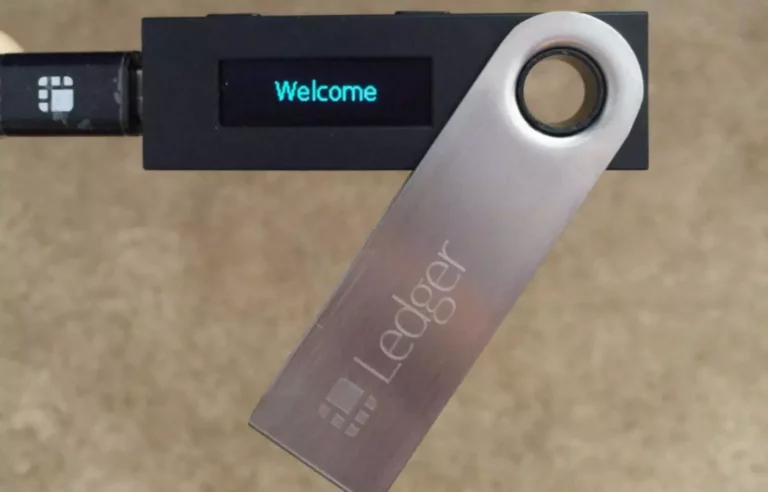

At All Times verify platform security audits and insurance coverage coverage earlier than staking significant amounts. Based Mostly on our evaluation, Snorter Bot presents the best mixture of excessive APY (258%) and powerful fundamentals as Telegram’s first complete trading suite. For conservative buyers, Ethereum provides secure 3-5% returns with institutional-grade security. With the best technique and correct diversification, crypto staking has become an important tool for building wealth in 2025.
The course of provides a pleasant user expertise with safety protocols and generates staking rewards that guide users via choosing validators and tracking earnings. Gemini supplies users with a safe setting for purchasing and safeguarding SOL tokens. Solana uses Decentralized finance a consensus mechanism, which allows network individuals to validate transactions and safe the community with out relying on energy-intensive mining. Extra particularly, Solana operates on a modified version of PoS referred to as Tower BFT (Byzantine Fault Tolerance) — a system optimized for velocity and efficiency. Delegated Proof of Stake (DPoS) is an progressive consensus mechanism used in blockchain networks.
This means that each nominators and validators may be punished for dangerous behavior. Avalanche is a high-performance blockchain platform designed for scalability, that includes https://www.xcritical.in/ near-instant transaction finality through its distinctive Avalanche Consensus Mechanism. The network enables the creation of interoperable Layer 1 blockchains whereas sustaining low hardware necessities and offering slashing-free staking rewards. In Delegated Proof of Stake (DPoS) techniques, token holders vote to elect delegates (also generally identified as witnesses). These delegates are liable for validating transactions and creating new blocks in the blockchain. The number of votes a user holds often is dependent upon the variety of tokens they own.
This beginner’s information will explore what DPoS is, the means it works, and why it’s gaining traction within the crypto world. Testing and experimentation proceed on PoS algorithms, together with delegated PoS. The change from PoW to PoS-based consensus mechanisms is a watershed growth for blockchain know-how, and an iteration of PoS will likely turn into the dominant type of consensus in the future. The idea of was first theorized on the in July 2011 as a approach to make the process of verifying blocks more efficient than employing PoW consensus algorithms. The idea has been iterated upon by the global blockchain developer neighborhood and is extensively thought-about to be the successor to PoW as decentralized know-how grows.

When miners solve the computational puzzle, their block of information is deemed valid and added to all copies of the blockchain, thus attaining consensus. As a reward for his or her efforts, miners are granted a in the form of and then turn their consideration to the following block of data. While this methodology is energy intensive, it has proven very successful at making certain the safety and stability of varied blockchain networks.
By understanding how DPoS works and its potential advantages and disadvantages, you’ll find a way to higher respect its function in the evolving world of blockchain know-how. Critics argue that DPoS can nonetheless result in centralization, the place a few large stakeholders or influential delegates dominate the network. This additionally leads to a second profit – Proof of Stake transactions are typically each sooner and cheaper than transactions on a Proof of Work community, which additionally results in greater scalability. For instance, it’s significantly cheaper and sooner to run a fancy blockchain dApp. Just like any consensus mechanism, Proof of Stake comes with it’s own series of benefits and drawbacks. Unlike Proof of Work, the place miners compete using computing energy to guess a long number, Proof of Stake (PoS) typically selects validators based mostly on a mix of stake size and randomization.

On the opposite hand, Proof-of-Stake allows validators based on their willingness to lock an quantity of cryptocurrency on the blockchain. A restricted number of delegates (most protocols select between 20 and 100) are chosen for every new block, so the delegates of 1 block may not be the delegates of the following. Elected delegates receive the transaction fees from the validated block, and that reward is then shared with customers who pooled their tokens in the successful delegate’s pool. The rewards are shared primarily based on each user’s stake; so in case your stake represents 5% of the entire staking balance, you’d receive 5% of the block reward. The transaction time is also another essential highlight within the working of delegated proof of stake consensus. Stake-delegated proof consensus can emerge as a greater alternative to current algorithms only if it offers higher effectivity.
Bitshares, Steem, Ark, and Lisk are some of the benefits of delegated proof-of-stake cryptocurrency initiatives that make use of DPoS consensus algorithm. Whereas PoW techniques rely on exterior investments (power consumption and hardware), a Proof of Stake blockchain is secured by way of an inside investment (the cryptocurrency itself). Nonetheless, PoW blockchains are thought-about the most secure and dependable and stay the usual for a fault-tolerance answer.
This system ensures that delegates are continually monitored and incentivised to act reliably and transparently, creating dynamic governance for blockchain networks. The precise economics, incentives and penalties range between DPOS implementations but are designed to maximize security and honesty from elected delegates. Voting energy and rewards ought to stay decentralized and well-distributed in a correctly configured DPOS system. Staking often requires a lockup or bonded interval where you can’t withdraw your crypto for a certain time frame. It’s necessary to mitigate these risks by choosing a reputable validator identified for its prime quality performance.
Additionally, PoS systems make attacking a blockchain more pricey, since a successful attack would require a possession of at least 51% of the whole current coins. Regardless Of the upsides and convincing arguments in favor of PoS, such methods are still within the early phases and have yet to be tested on bigger scales. Quite, the DPoS model and its scalability and semi-centralization are extra suited to functions that wouldn’t come under such threats. So, it’d work nicely for something like a social community, however not as well for a financial network. The device stores your personal keys offline, guaranteeing solely you’re in command of your funds in addition to protected from online threats like hacking or malware attacks. This information explains how to purchase TOKEN6900, a brand new meme coin project with an attractive market capitalization.
For instance, validation in both NPoS and DPoS blockchains revolve round two different community customers, the participation of which is centered round voting. In DPoS, this participant is named a Delegator, they usually have an almost equivalent function. Nonetheless, with NPoS, each nominators and validators put up a stake as collateral.
© All rights reserved